
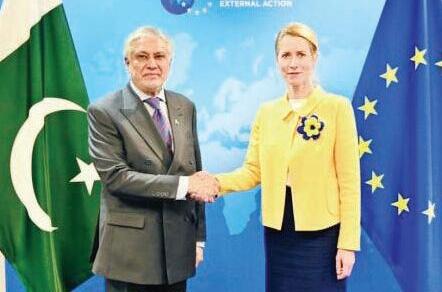

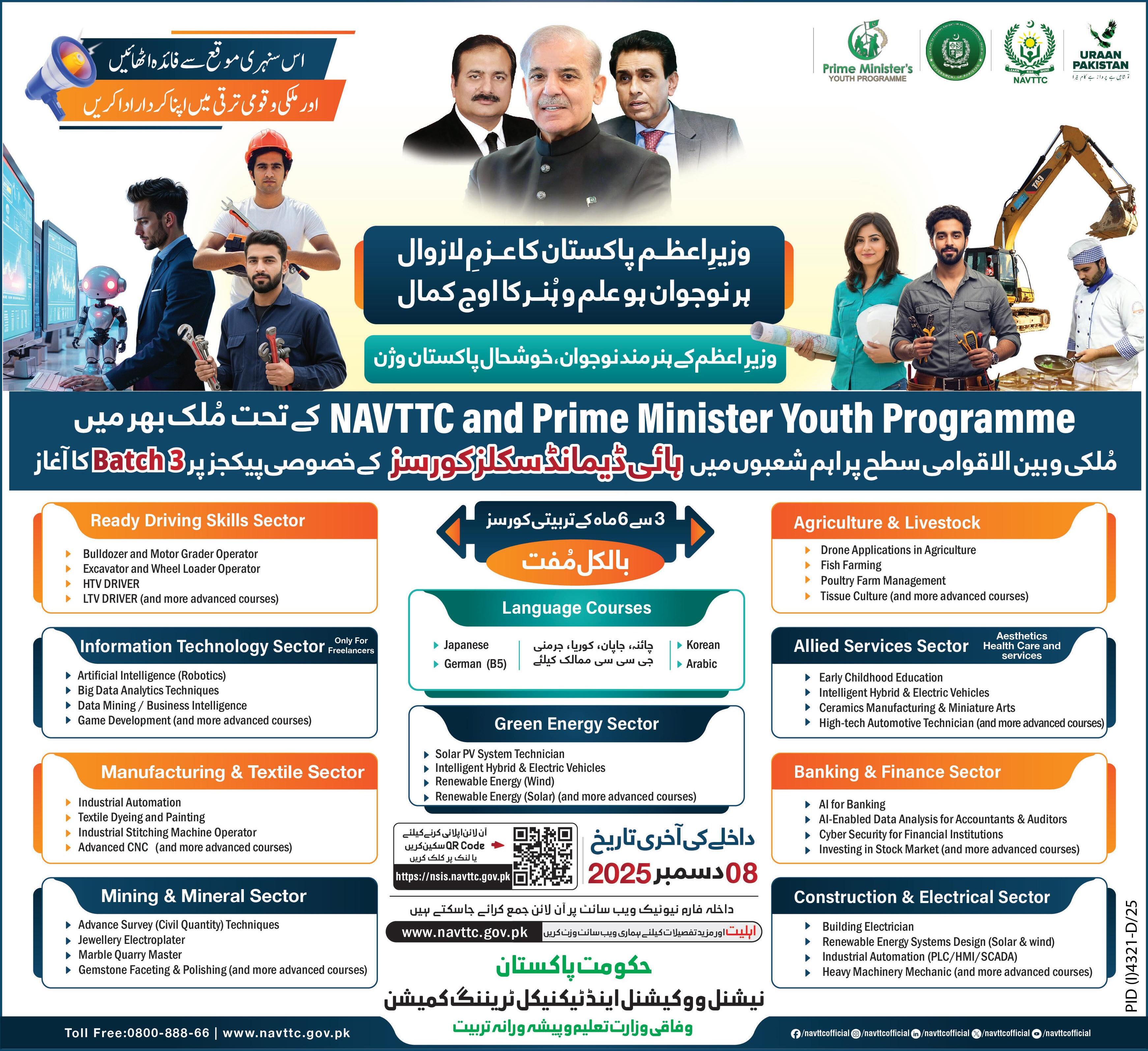










OFIT M o n i to r n g D e s k
THE Economic Coordination Committee (ECC) has turned down a proposal to wind up the Pakistan Agricultural Storage and Services Corporation (Passco) and establish a new Special Purpose Vehicle (SPV) after the Securities and Exchange Commission of Pakistan (SECP) raised objections over the structure and legal documentation of the proposed entity as reported by The Express Tribune The decision came during a recent ECC meeting where the Ministry of National Food Security and Research presented the background


and edited by him respectively have recently appeared on the literary scene with much ado amply testifying to his inherent abilities as a critic-cum-researcher ‘Ganga Jamni Lucknow aur teen novel’ The contents of the book relate to its author ’s PhD dissertation on the exploration of a select
PR OFIT n e w s D e s k
Weekly inflation measured through the Sensitive Price Indicator (SPI) inched up 0 07 percent for the combined consumption group during the week ended November 20 according to the latest data released by the Pakistan Bureau of Statistics (PBS)
PBS data shows the SPI rose to 335 54 points from 335 31 points a week earlier On a year-on-year basis, the SPI increased by 3 53 percent The weekly SPI tracks prices in 17 urban centres and covers 51 essential items For the lowest expenditure group (up to Rs17 732) the SPI also increased by 0 07 percent Increases of 0 07 percent, 0 04 percent, 0 03 percent and 0 09 percent were recorded across higher consumption brackets Out of 51 monitored commodities prices of 16 items rose 13 declined and 22 remained unchanged Items with notable increases included tomatoes (57 03pc), LPG (5 16pc), garlic (2 61pc), sugar (2 23pc), diesel (2 17pc), bananas (0 72pc) tea prepared (0 59pc) firewood (0 26pc) beef (0 17pc) and mustard oil (0 13pc) Sugar prices continued to rise sharply across the country, reaching
tant modern Urdu novelists namely Dr Mohammad Ahsan Farooqui (1913-1978), Shaukat Siddiqui (1923-2006) and Qurat-ul-Ain Haider (1927-2007) representing the reflective base as it were of Lucknow s Ganga-Jamni culture Ganga-Jamni primarily refers to Ganga-Jamni tehzeeb , a term for the syncretic culture of northern India that blends Hindu and Muslim traditions originating from the region of the Ganges and Yamuna rivers The book is divided into three parts captioned Ganga-Jamni Lucknow , Novel , and Novel-nigar The first part preceded by a short introduction, is a scholarly elaboration of the theoretical infrastructure of Lucknow s Ganga-Jamni culture Economic plenitude political governance moral traditions and pursuit of knowledge and art are stated to be the four major components that tend to shape the dynamics of civilisation within a given polity while the major constituents of culture are stated to
mately nine feet to withstand shifting tides The elevated site will accommodate up to 250 personnel during drilling

Rs200 per kg in Karachi, Hyderabad, Sukkur Larkana and Peshawar In Sukkur sugar became costlier by Rs24 per kg in a week while Hyderabad and Larkana saw increases of Rs15 per kg Karachi recorded an increase of up to Rs5 per kg
Quetta reported the highest sugar price at Rs214 per kg followed by Khuzdar where prices rose by Rs15 per kg to reach Rs210 In Islamabad sugar stood at Rs195 per kg, while in Punjab prices reached up to Rs190
The average national price of sugar climbed by Rs4 14 over the week to Rs189 61 per kg compared with Rs185 47 last week and Rs131 88 a year ago Items that saw price declines
during the week included onions (12 38pc) chicken (8 07pc) potatoes (5 69pc) salt powdered (1 67pc) pulse moong (1 62pc) wheat flour (1 41pc) pulse gram (0 81pc) and eggs (0 48pc) On a year-on-year basis, the largest increases were recorded in sugar (43 77pc) gas charges for Q1 (29 85pc) wheat flour (17 31pc) gur (16 35pc) beef (13 45pc) firewood (12 52pc) and bananas (11 81pc) Declines were observed in garlic (36 79pc), potatoes (29 56pc), pulse gram (29 26pc), electricity charges for Q1 (26 26pc) tea (17 79pc) pulse mash (15 28pc) onions (9 97pc) LPG (5 66pc) pulse masoor (5 08pc) and pulse moong (3 42pc)

be language traditions and customs soico-moral inhibitions and values Thus civilisation and culture are mutually integrable The author views the whole scenario from a broad angle which embraces anthropology, history geography
and art Once he has probed the semantics of his argument the author proceeds to examine, though succinctly, the aforementioned three novels seriatim As for ‘Sham-e-Awadh’, he dwells on its external and internal
formulations independently as also by citing comparative critical evaluations from

THE National Finance Commission has been convened to meet by the federal government for December 4 After plunging into the cesspool of the division of the federal divisible pool by forming the Commission on August 22, it has tried to bite the bullet by holding its first meeting on August 27 However, there were four other postponements, the last from November 18, to December 4 This NFC Award might prove particularly contentious for it comes after the Seventh Award of 2009 That was made for five years but has been continued since meaning that where the original award had been made in view of the needs of the federal and provincial governments for five years, there have been 16 years since the last Award, which means that it is badly misaligned with the government’s needs
One of the thorniest issues the NFC will have to deal with is the vertical distribution between federal and provincial governments, of all the taxes put in the federal divisible pool This issue arises because the 18th Amendment said that the provincial share could not be reduced That implied a freeze because no federal government would agree to a decrease in its share, which was the only way the provincial share could be increased The original proposal for the recently passed 27th Amendment included the repeal of this provision, but the PPP refused to agree to it because it said it infringed provincial autonomy The armed forces and the IMF have a problem with this provision because it leads to a position where revenues will not cover federal employee salaries The upcoming 28th Amendment may tackle this issue from a different angle by moving population planning and education to the federal purview from which the 18th Amendment had excluded it The last Award had increased the provincial share because the federal government had transferred many subjects to the provinces
There is also the issue of the IMF being involved in the deliberations, though indirectly, because the country is on a loan programme The IMF and the armed forces are on the same page as far as the provincial share ban goes, presumably because the IMF cannot see how the country is to keep servicing its debt out of its share At this point, it might seem that the NFC has a lot of time but it has to make its Award in time for the coming Budgets, a process which will start next month

Dedicated to the legac y of late Hameed Nizami Arif Nizami (Late) Founding Editor
M A Niazi Editor Pakistan Today Babar Nizami Editor Profit
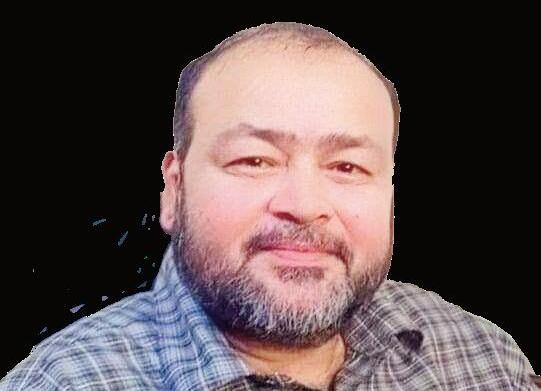
operational readiness, or clandestine capabilities, the Index nonetheless remains a widely referenced and credible global benchmark

THE rapid transformations taking place across global politics economics science and the doctrines of war have fundamentally reshaped the traditional parameters of international power Today, the notion of military might no longer pertains merely to artillery and armaments; it encompasses a multidimensional synthesis of technology economic capability geopolitical location resource accessibility diplomatic alliances cyberspace strength and space-based capacities It is this complex mosaic of attributes that the Global Firepower Index examines each year through its comprehensive global rankings According to the 2025 Global Firepower report, the USA ranks first, Russia second, China third, India fourth and South Korea fifth The UK France Japan Turkey and Italy follow from the sixth to the tenth positions Pakistan stands at the 12th rank while Israel occupies the 15th an indicator of Pakistan s resurgent strategic relevance, defence preparedness, and the shifting security dynamics of the region Pakistan has been designated the world’s 12th most powerful military in 2025 with a Power Index score of 0 2513 This ranking is not derived from any single variable; rather it emerges from a sophisticated analytical model comprising over 60 diversified factors These include manpower strength, ground machinery, naval and air assets, defence expenditure, energy resources, logistics, reserve forces, geography, demographic structure, macroeconomic stability, foreign policy dynamics and international alliances
Although Global Firepower does not fully incorporate qualitative factors such as technological sophistication training standards weapon-age profiles
of
Several critical components underpin the architecture of modern military strength: 1 Human Resources and Active Force Strength: Pakistan remains a formidable state in this domain Its armed forces notable for their discipline, strategic clarity, and operational experience have demonstrated competence across counterterrorism border security and international peacekeeping missions over the past two decades
2 Defence Budget and Economic Stability: Defence spending is arguably the most decisive determinant of national power The USA now exceeds $873 billion in annual defence outlays Pakistan, despite constrained resources allocates its limited budget pragmatically to sustain its security needs Still it is unequivocally evident that no military can maintain long-term modernization without robust economic growth
3 Geography and Natural Resources: Pakistan s geopolitical position grants it enormous strategic significance Yet limited natural resources, modest oil and gas output a short coastline and challenging borders create logistical and infrastructural complexities
4 The Role of Technology: The nature of warfare has undergone a tectonic shift Drone technologies artificial intelligence, cyber defense, hypersonic missiles, space surveillance, electronic warfare, robotics, and autonomous combat systems now define modern military doctrine Pakistan has made progress but the pace of modernization must accelerate to match contemporary standards
5 Global Alliances Diplomacy and External Relations: International partnerships form a profound pillar of national strength Pakistan s defence cooperation with China has significantly augmented its military profile through joint exercises technology transfer and indigenous weapons development The Triangular Balance of Global Power: The USA Russia and China: The world s top three military powers command not only massive armed forces but also integrated economic strength, technological supremacy, global influence, and dominance in cyberspace and outer-space capabilities The USA
Measurement is all ver y well,but is pover t y being eliminated?
s r
n h e a d l i n
u r e s t o j u s t i f y l e n d i n g p r o g r a m m e s a n d a t t r a c t f u n d i n g G o v e r n m e n t s m a y h i g h l i g h t w h i c h e v e r n u m b e r r e f l e c t s p o s i t i v e l y o n p o l i c y p e r f o r m a n c e w h i l e s i d e s t e p p i n g s t r u c t u r a l r e f o r m s t h a t w o u l d g e n u i n e l y r ed u c e d e p r i v a t i o n A c a d e m i c s a n d c o n s u l ta n t s t h r i v e i n a s y s t e m t h a t p r i z e s m e t h o d o l o g i c a l s o p h i s t i c a t i o n a n d n o v e l t y, p r o d u c i n g r e p o r t s a n d i n d i c e s t h a t a r e a c ad e m i c a l l y i m p r e s s i v e b u t o f t e n o p e r at i o n a l l y i n c o n s e q u e n t i a l I n t h i s t h e a t r e o f m e t r i c s m e t h o d o l o g y b e c o m e s t h e
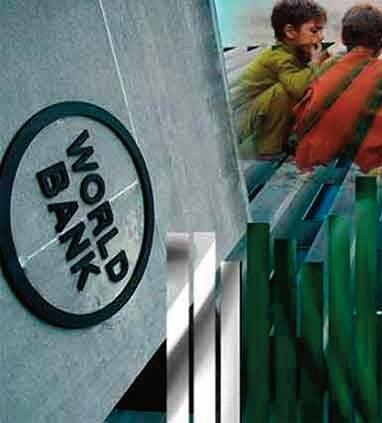
a n d h o w t o a d j u s t f o r i n f l a t i o n c a n a l l d r a m a t i c a l l y c h a n g e t h e r e p o r t e d p o v e r t y rate M e a n w h i l e m u l t i d i m e n s i o n a l i n d i c e s c a l i b r a t e d f o r e n c o m p a s s i n g e d u c a t i o n h e a l t h a n d l i v i n g s t a n d a r d s i n t r o d u c e y e t another layer of interpretation These indices a r e s o p h i s t i c a t e d a n d v a l u a b l e , b u t t h e y e m b e d n o r m a t i v e d e c i s i o n s : t h e r e l a t i v e w e i
Numbers

This distortion is especially tragic in the shadow of sacrifice More than 94,000 Pakistanis including soldiers, police officials, Levies personnel and ordinary citizens have laid down their lives to shield the country from terrorism Each martyr represents a story of interrupted dreams and families forever scarred, but also of resilience and resolve Pakistan does not wage war for political theatrics; it fights to preserve life, liberty and territorial integrity No amount of sloganeering social-media disinformation or orchestrated protest can erase the reality that the relative peace enjoyed today was built on blood, discipline, and unwavering duty
Pakistan Tehreek-e-Insaf are relentlessly working to distort reality undermine public trust and weaken the cohesion that sustains the federation Pakistan s counter-terrorism architecture is rooted in law and morality, not impulse or vengeance Operations are conducted under clearly defined legal frameworks, including the Anti-Terrorism Act and the National Action Plan with every mission bound by constitutional authority and guided by the obligation to protect innocent lives These are not arbitrary campaigns but carefully designed responses to clear and credible threats PTM, however, persistently attempts to twist these lawful measures into a narrative of oppression casting defenders as villains and terrorists as victims In doing so it deliberately endangers civilians by discouraging cooperation with security forces and by sowing doubt in the very institutions that stand between society and chaos
Contrary to the PTM’s propaganda, Pakistan’s military operations whether in the tribal belt or in Tirah have consistently prioritized civilian protection Evacuation plans safe corridors medical assistance relief camps and post-operation rehabilitation efforts are integral parts of these campaigns Displacement is treated not as a weapon, but as a preventive shield to move civilians away from the line of fire
Yet the PTM recklessly rejects and misrepresents these protective measures portraying them as mass expulsions rather than life-saving interventions In doing so, it endangers the very people it claims to represent, preferring outrage over responsibility, and spectacle over solutions
The movement’s rhetoric does not emerge in a vacuum The PTM s discourse increasingly mirrors the talking points of hostile foreign networks that seek to fragment Pashtun unity, weaken Pakistan s sovereignty, and project the state as a habitual
s p e a c e a n d s e c u r i t y h a v e a l r e a d y p a i d a n i m m e n s e p r i c e I t i s n o w i n c u m b e n t
violator of rights Its silence on terrorism and its obsession with maligning institutions reveal an uncomfortable alignment with foreign agendas True patriotism is rooted in defending the borders, institutions, and people of one’s country not in amplifying narratives crafted in hostile capitals The PTM’s propaganda has become a powerful tool for those who prefer a weak divided and unstable Pakistan This danger is compounded when mainstream political parties attempt to leverage such movements for short-term gains The PTI s growing proximity and tactical partnership with the PTM is a textbook example of political opportunism overriding national interest When a party that claims to represent millions aligns itself with a movement that glorifies anarchic rhetoric vilifies security forces and echoes terrorist-linked talking points, it sends a troubling signal: that power is more important than peace and narrative warfare more valuable

tempt to display it, undermines its claim of merely being a rights movement When waving the Pakistani flag is derided as acting on behalf of “sensitive institutions,” the mask slips and the true orientation is revealed
If the PTM genuinely represented Pashtuns it would acknowledge the tangible progress made in health education and infrastructure as well as the martyrs of Pashtuns who fought for peace in the Newly Merged Districts and other Pashtun-majority areas It would critically engage in the Jirga process to secure further reforms rather than exaggerate isolated grievances and erase all achievements
returned due to these operations, and reconstruction of schools, hospitals, mosques, and infrastructure continues as a tangible demonstration of the state’s
clude the right to paralyze the state’s
pacity to protect its citizens
Recent events at the Jirga in Khyber Pakhtunkhwa further expose the PTM s duplicity The Jirga is a legitimate consultative platform to discuss governance, security, and development for Pashtun areas Yet the PTM behaves as if it alone embodies Pashtun identity while functioning as a megaphone for anti-state and foreign-driven agendas When the entire Jirga stood in respect for the national anthem the PTM s key figures refused a symbolic yet telling continuation of their anti-Pakistan posture The absence of the national flag from PTM gatherings, and the hostility shown when individuals at-
It would support, not sabotage, the security forces that dismantled terrorist sanctuaries and enabled millions of displaced citizens to return home Instead, PTM chooses to echo the narratives of the Terrorists and its sympathizers turning mosques madrassas and civilian spaces often misused by terrorists as shields into rhetorical weapons against the state
The recent propaganda around military operations in Tirah is a case in point Allegations of mosque attacks and mass civilian killings are circulated online with dramatic language but without verifiable evidence
These unsubstantiated claims are part of a broader psychological warfare campaign designed to discredit Pakistan s armed forces and erode local trust
In reality, operations in Tirah have been intelligence-driven and precision-based focused on terrorist hideouts and logistical nodes Thousands of families have safely
I
is really a travelogue – perhaps also an exercise in self-discovery Hussain’s wish to forge a


IN 1993 Prince Charles now King Charles III gave a spectacular speech at the University of Oxford, entitled Islam and the West , lamenting that Europeans “have tended to see Islam as the enemy of the West, as an alien culture, society and system of belief” which is why we have tended to ignore or erase its great relevance to our own history in Europe
The surprise ladies and gentlemen he continued, is the extent to which Islam has been a part of Europe for so long, first in Spain, then in the Balkans, and the extent to which it has contributed so much towards the civilisation which we all too often think of wrongly as entirely Western He was one of the few major Western leaders calling upon Europeans to recognise their Islamic past His fascination with the Muslim world dated back to the early 1970s, when he developed an interest in Islamic art and architecture
The speech resonated with many Muslims Tharik Hussain author of Muslim Europe admits that reading the prince s lecture had left him gobsmacked Hussain criticises the fact that most of our textbooks on European history either exclude or diminish the importance of the continent’s medieval Islamic past If covered at all the episode is often portrayed as one of invasion which even if it brought some innovations was overall alien to the Western civilisation Today, the popular view prevails that Muslims have never been part of European history It is an environment in which populist right-wing polemics critical of Muslim migration can reach a receptive a mass audience At the same time this historical narrative signals to Europe s Muslim minority that they are not part of Europe Muslims
themselves, Hussain bemoans, have been oblivious to their own rich history and heritage” on the continent He warns that the lack of a historical narrative of belonging has contributed to feelings of disconnection from their European societies which in turn can lead to anti-Western radicalisation
The author himself knows that feeling A young Bangladeshi who grew up in the mosques of east London in the 1980s and 1990s he embraced Salafism After 9/11 caught up in the wave of popular anti-Islamic resentment he decided to move to Saudi Arabia sharing with European Islamophobes the belief that Muslims do not belong in Europe On his way to Jeddah in the autumn of 2003, during a stopover in Cyprus he visited Larnaca’s Hala Sultan Mosque His later discovery that the mosque housed a tomb from the time of the first generation of Muslims sparked his interest in the early history of Islam in Europe He decided to go on a tour of the northern Mediterranean basin – Cyprus, Sicily, Malta, Portugal and Spain – in search of Europe’s Islamic heritage “I needed to go back to the start and revisit Europe s early Muslim history through European Muslim eyes using a lens devoid of the anti-Muslim bias in popular European histories to try and undo some of that gross negligence, he writes Muslim Europe, part travelogue, part history book charts this journey
Muslim history began In 647
tury, as a response to a Muslim revolt, that Frederick II – whose court was shaped by Arab influences and who cultivated close c o m m e
Africa and West Asia
destroyed the Muslim presence in Sicily Hussain to his disappointment, finds only scant remains are
today’s Malta, which had also been part of the Emirate of Siqilliya Next Hussain moves to Portugal known in the Muslim Middle Ages as Gharb al-Andalus ( West of al-Andalus ) or simply alGharb ( West ), hence the modern regional name Algarve Muslim Portugal became part of the Umayyad Emirate of Córdoba in the 8th century Over the centuries popular Portuguese tales about the Islamic past depicted (and at times ridiculed) the Moors or Muslims as despotic characters and sexual deviants who engaged in fornication and sodomy Hussain notes that the old antiMuslim tropes could still be found in schoolbooks right up to the late 20th century
legendary heartlands of al-Andalus Here in the middle of the 8th century the Iber-
only
founded on the Arabian peninsula, a Muslim naval fleet commanded by the gover-
Byzantine island of Kypros “Islam was in Europe a mere 16 years after the death of
Even Christianity took longer to get here arriving in Europe
at the earliest
within 40 years of the death of Jesus He contin-
pied it in 667 Muslim rule brought revo-
techniques such as sophisticated systems o f h
living standards were among the highest in the world It attracted scholars, artists and poets from faraway places When the Normans conquered the Emirate of Siqilliya in the 11th century they adopted much of the local Islamic culture It was only in the 13th cen-
known in the Muslim era Eventually the Umayyad-led Muslim conquest of Europe reached deep into western Europe Alarmed the Franks mobilised Charles Martel s legendary victory over the Muslim armies under Governor Abd al-Rahman al-Ghafiqi at the Battle of Tours (or Poitiers) of 732 halted that march The Muslim presence in southern France continued for almost half a century It was only when Martel s son Pepin the Short founder of the Carolingian dynasty took Narbonne in 759 that the Muslims retreated to their Iberian strongholds Finally, in the 15th century, the last Andalusian Muslim state – the Emirate of Granada – fell marking the end of the Christian “Reconquista” Unfortunately although its title promises to provide a historical overview of 1 400 years of Islam in Europe, the book focuses almost exclusively on the Middle Ages The Ottoman conquest of the Balkans in the 14th century is only mentioned in passing Hus-
sain could have visited the Gazi Husrev Beg Mosque in Sarajevo for example to offer insights into the history of Muslim south-eastern Europe He could also have visited the wooden Kruszyniany mosque in Poland to discuss the history of the Tatars who first settled in the Grand Duchy of Lithuania around the same time The age of empire, which radically reshaped western Europe’s entanglements with the Muslim world deserves more attention At the height of the imperial age the rulers of Britain France Russia and the Netherlands each governed more Muslim subjects than those of any independent Muslim state, which had a significant impact on Europe itself Hussain could have visited Britain s first p u r p o s e - b u i l t mosque, the Shah Jahan Mosque in W o k i n g , opened in 1889 which was soon mainly used by Muslims from British India; or the Grande Mosquée in Paris inaugurated in 1926 as a sign of gratitude for Muslim colonial soldiers who fought in the First World War; or the W i l m e r s d o r f Mosque in Berlin, founded by Muslims from British India in 1928 The 20th-century Muslim history of Europe, a story of labour and post-colonial migration, is arguably more relevant to the self-understanding of Muslim communities in Europe today than the Muslims of the Middle Ages who lived in societies that have little connection to (and in common with) the former Muslim Europe is not a work of historical scholarship It provides a mainly textbook knowledge of the early history of Islam in Europe, not with new historical information or interpretations Those readers interested in the subject of medieval Muslim Europe might want to turn to more substantial history books on the subject Elizabeth Drayson s recent Crucible of Light: Islam and the Forging of Europe from the 8th to the 21st Century, for instance, tells the story in great historical detail Despite Hussain’s grandiose claims that he intends to prove that Muslims actually came to Europe at a critical juncture in its cultural and intellectual development and that it was in fact Muslim intervention that resuscitated Europe , he does not prove anything that has not been proven by other historians before Indeed Muslim Europe







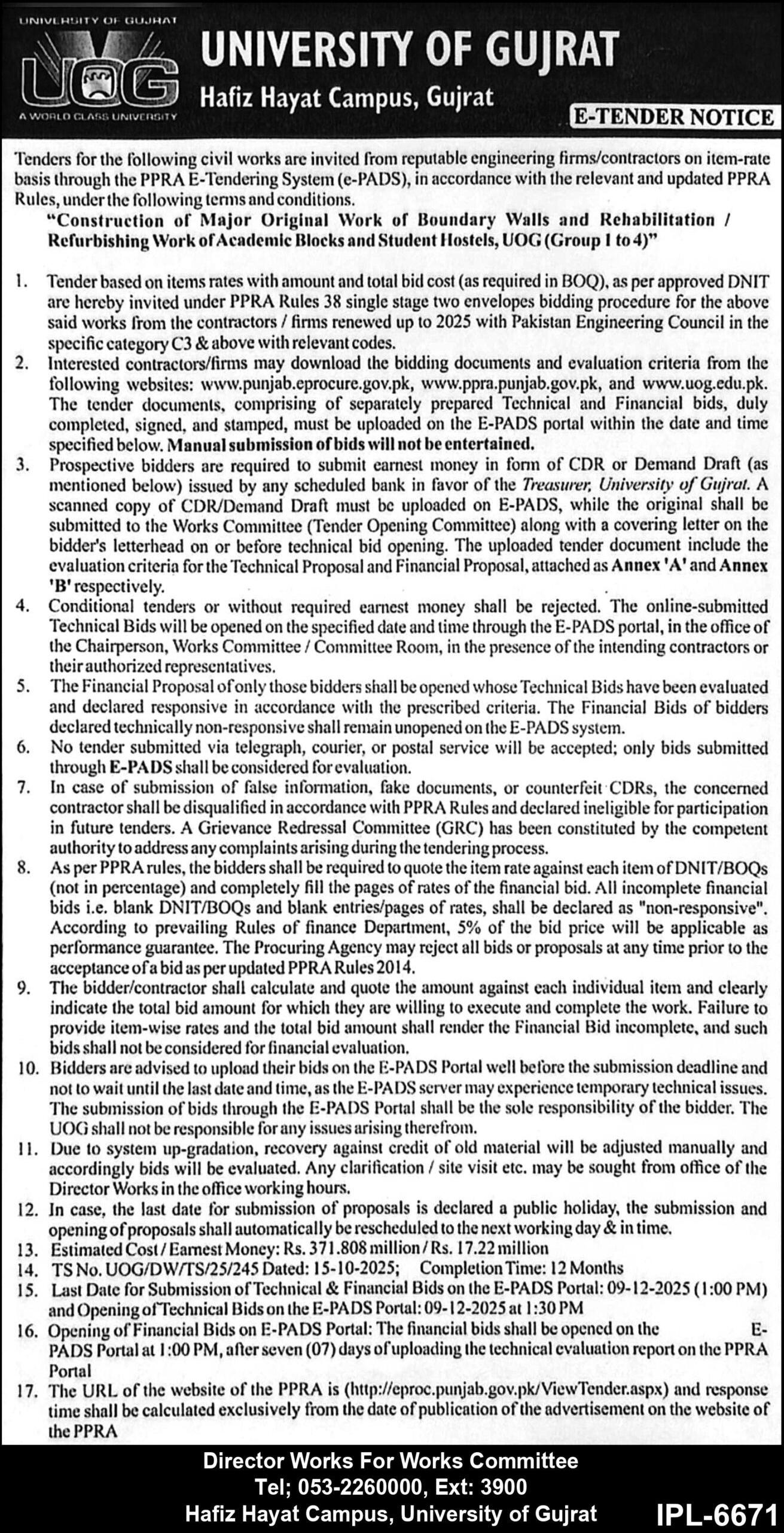

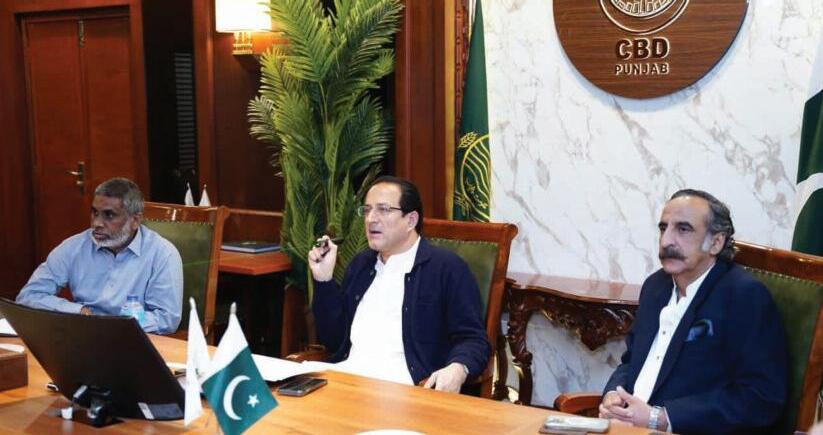
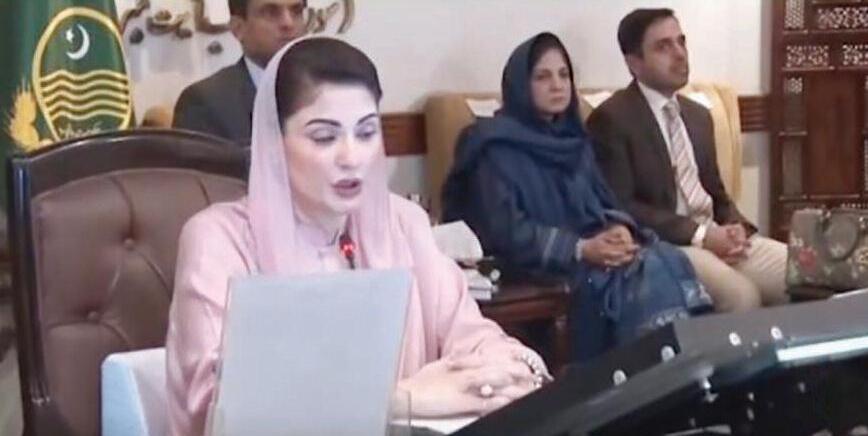




by the Inter-Services Public Relations (ISPR) on the reported presence of khawarij belonging to Indian-proxy Fitna-al-Khawarij Fitna-al-Khawarij is a term the state uses for terrorists belonging to the banned Tehreek-i-Taliban Pakistan (TTP) Weapons and ammunition were also recovered from the Indian-sponsored *khawarij * as per ISPR who remained actively involved in numerous terrorist activities against the security forces, LEAs and targetkilling of innocent civilians ” “The operation underscores the strengthened collaborative efforts between [LEAs] and security forces who have significantly intensified intelligence-driven operations in the region said ISPR These meticulously coordinated and synchronised security measures are designed to constrict the operational mobility of khawarij elements, systematically dismantle their facilitation networks, and curtail their capacity to reorganise,” the statement stressed, adding that operations are producing “substantial and measurable success with continuous efforts to achieve more peace and stability Sanitisation operation is being conducted to eliminate any other Indian sponsored khawariji found in the area, as the relentless counter-terrorism campaign under vision Azm-i-Istehkam (as approved by the Federal Apex Committee on National Action Plan) by security forces and [LEAs] of Pakistan will continue at full pace to wipe out the menace of foreign-sponsored and supported terrorism from the country ISPR added

Amid widespread speculation about a possible change in Balochistan s political leadership the ruling coalition partners the PPP and the PML-N have reiterated their confidence in Chief Minister Sarfraz Bugti firmly denying any plans to remove him Rumours of a leadership shake-up intensified after reports claimed President Asif Ali Zardari was unhappy with Bugti’s performance and had declined to meet him during a recent visit to Dubai The claims sparked debate in political circles about a potential shift in the province s top office Senior lawmakers from both parties however moved quickly to counter the narrative insisting that Bugti retains the full backing of the coalition Their statements come even as some PPP and PMLN leaders including Ali Hassan Zehri, Mir Liaquat Ali Lehri and Nawab Changaiz Marri have openly criticised the chief minister for failing to deliver on key gov-
ernance issues and for not addressing the province s deep-rooted challenges Though significant, the criticism appears to reflect internal frustration rather than an organised effort to unseat the chief minister PML-N Parliamentary Leader Mir Saleem Khan Khosa and PPP Parliamentary Leader Mir Muhammad Sadiq Umrani categorically rejected Senator Mir Dostain Khan Domki s claim that a change was imminent, calling it his personal opinion They stressed that neither party’s central leadership has initiated any discussion on replacing Bugti, nor do the coalition partners believe such a move is warranted Speaking to reporters after the provincial assembly session Khosa said Balochistan is still struggling with longstanding issues related to law and order service delivery and administrative weaknesses all of which were discussed in detail during an in-camera briefing He added that he has informed National Assembly Speaker Sardar Ayaz Sadiq about the controversy and expects the party leadership to seek clarification from Senator Domki over his unauthorised remarks PPP s Umrani echoed these sentiments acknowledging that while discontent exists within the coalition, the government remains unified on core objectives He noted that disagreements are normal in politics, especially in a province dealing with entrenched structural problems, but cautioned against interpreting such differences as an attempt to topple the government Both leaders underscored that coalition governance in Balochistan requires patience political maturity and ongoing dialogue They urged the public not to confuse internal criticism with instability, insisting that the administration is stable and focused on tackling the province’s persistent challenges
n t Pakistan has renewed its call for urgent predictable and equitable climate finance enhanced technology transfer and stronger international cooperation to support climate-vulnerable countries, during a series of high-level side events organized by the Ministry of Climate Change and Environmental Coordination (MoCC&EC) on the sidelines of the UN Climate Summit (COP30) in Belem Brazil The sessions addressed by Federal Minister for Climate Change Senator Dr Musadik Masood Malik, Minister of State Shezra Mansab Kharal and MoCC&EC Secretary Aisha Humera Moriani, drew participation from negotiators global agen-
cies scientific institutions and civil society MoCC&EC spokesperson Mohammad Saleem Shaikh told media on Saturday that the events served as a platform to highlight Pakistan’s climate vulnerabilities adaptation priorities and ongoing initiatives while strengthening the country’s diplomatic voice on climate justice and governance reforms Secretary Aisha Humera Moriani, who led Pakistan s coordination efforts at COP30, said the ministry aimed to present a climate narrative backed by evidence and clear policy direction She noted that Pakistan s pavilion had become a focal point for discussions on adaptation needs of developing nations and the importance of support systems tailored to the realities of those most at risk
The side events she added reflected the country s push to showcase practical solutions, including early warning systems, watershed rehabilitation, vocational upskilling, and climate-smart transitions “Pakistan’s experience has demonstrated that resilience is achievable when science institutions and financing move in the same direction she said At a session on Cryosphere Adaptation and Disaster Risk Reduction, Pakistan warned that accelerating glacial melt in the Hindu Kush–Karakoram–Himalaya region posed mounting risks to rural communities infrastructure agriculture and the economy Senator Malik said that despite contributing less than one percent of global emissions, Pakistan faced severe climate impacts such as glacial lake out-
burst floods (GLOFs) and hydrological disruptions He urged the creation of dedicated disaster-risk financing windows particularly anticipatory financing to help communities prepare before climate shocks escalate Minister Kharal called for a regional scientific cooperation platform for highmountain risk assessment emphasising satellite monitoring, climate modelling, and improved early-warning systems “Adaptation must be resourced at the same scale as climate losses,” she said International experts agreed that cryosphere research remained severely underfunded and that frontline states required predictable long-term financing for disaster-proof infrastructure, watershed restoration, and nature-based solutions